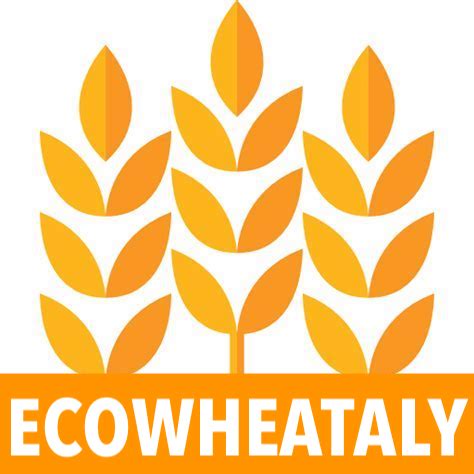The conflict between Russia and Ukraine, which began in February 2022, has had a massive impact on the global wheat market, jeopardizing food security for millions of people. As two of the world’s top wheat exporters, the war has directly affected production, logistics, and prices, triggering a crisis that has impacted both importing and exporting nations.
1. Russia and Ukraine: Two Wheat Giants
Before the conflict:
- Russia was the world’s largest wheat exporter, accounting for about 20% of global exports.
- Ukraine contributed approximately 10% of global wheat exports and produced 12% of the world’s wheat supply.
Together, the two countries supplied over 30% of global exports, exerting a strong influence on prices and availability in international markets.
2. Impacts on Production
The war severely affected wheat production in Ukraine due to:
- Destruction of farmland: Attacks on rural infrastructure, bombings, and occupation of arable land significantly reduced the country’s production capacity.
- Shortages of labor and resources: With much of the population involved in the conflict and difficulties in accessing fertilizers and fuel, many farms had to scale back their operations.
- Loss of productive territories: A large portion of Ukraine’s wheat production comes from eastern regions, many of which have been occupied or damaged during the war.
Result: In 2022, Ukraine’s wheat production dropped by over 40% compared to the previous year.
3. Export Blockade and Transportation Crisis
One of the most immediate effects of the war was the blockade of exports via the Black Sea. Ukraine traditionally exported most of its wheat through the ports of Odesa, Mykolaiv, and Mariupol.
With these ports shut down:
- Millions of tons of wheat remained stuck in silos.
- International wheat prices surged, exceeding $400 per ton in the early months of the conflict.
- Import-dependent countries, such as Egypt, Lebanon, and Bangladesh, faced severe supply shortages.
The Black Sea Grain Agreement
To mitigate the crisis, a deal was brokered by Turkey and the United Nations in July 2022, allowing safe passage for ships carrying Ukrainian wheat. However, in July 2023, Russia withdrew from the agreement, once again increasing uncertainty in global markets.
4. Russia: Between Sanctions and Export Boom
Unlike Ukraine, Russia continued exporting wheat in large quantities. Despite international sanctions, Russia benefited from:
- A record harvest in 2022, exceeding 90 million tons.
- A weaker ruble, which made Russian wheat more competitive in global markets.
- New export routes: Russia established agreements with countries like China and Iran to continue selling its wheat.
However, sanctions made transactions and transportation more complex, limiting Russia’s accessibility in some regions.
5. Impact on Prices and Global Food Security
The instability caused by the war led to high price volatility:
- In the first months of the conflict, wheat prices surged by 50%, reaching record levels.
- The most affected regions were North Africa and the Middle East, which heavily rely on Ukrainian and Russian wheat.
- Humanitarian organizations, such as the World Food Programme (WFP), were forced to cut food aid supplies due to rising costs.
6. Market Adaptation Strategies
To respond to the crisis, many countries adopted alternative strategies:
- Diversification of imports: Countries like Egypt increased wheat imports from India, Argentina, and the United States.
- Boosting domestic production: The EU temporarily lifted restrictions on fallow land cultivation to increase domestic output.
- Investments in alternative logistics: Ukraine sought new export routes via the Danube River and land transport through Poland and Romania.
Conclusions
The Russia-Ukraine conflict has highlighted the vulnerability of the global wheat market to geopolitical crises. Although prices have stabilized compared to the 2022 peaks, tensions and uncertainties remain high.
In the coming years, the wheat market will face challenges related to trade route security, the need to diversify supply sources, and the impact of international sanctions.
Balancing production, exports, and food security will be a key issue for the stability of the global agricultural sector.
4o

